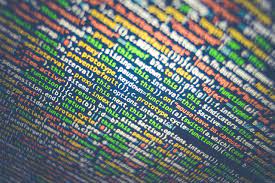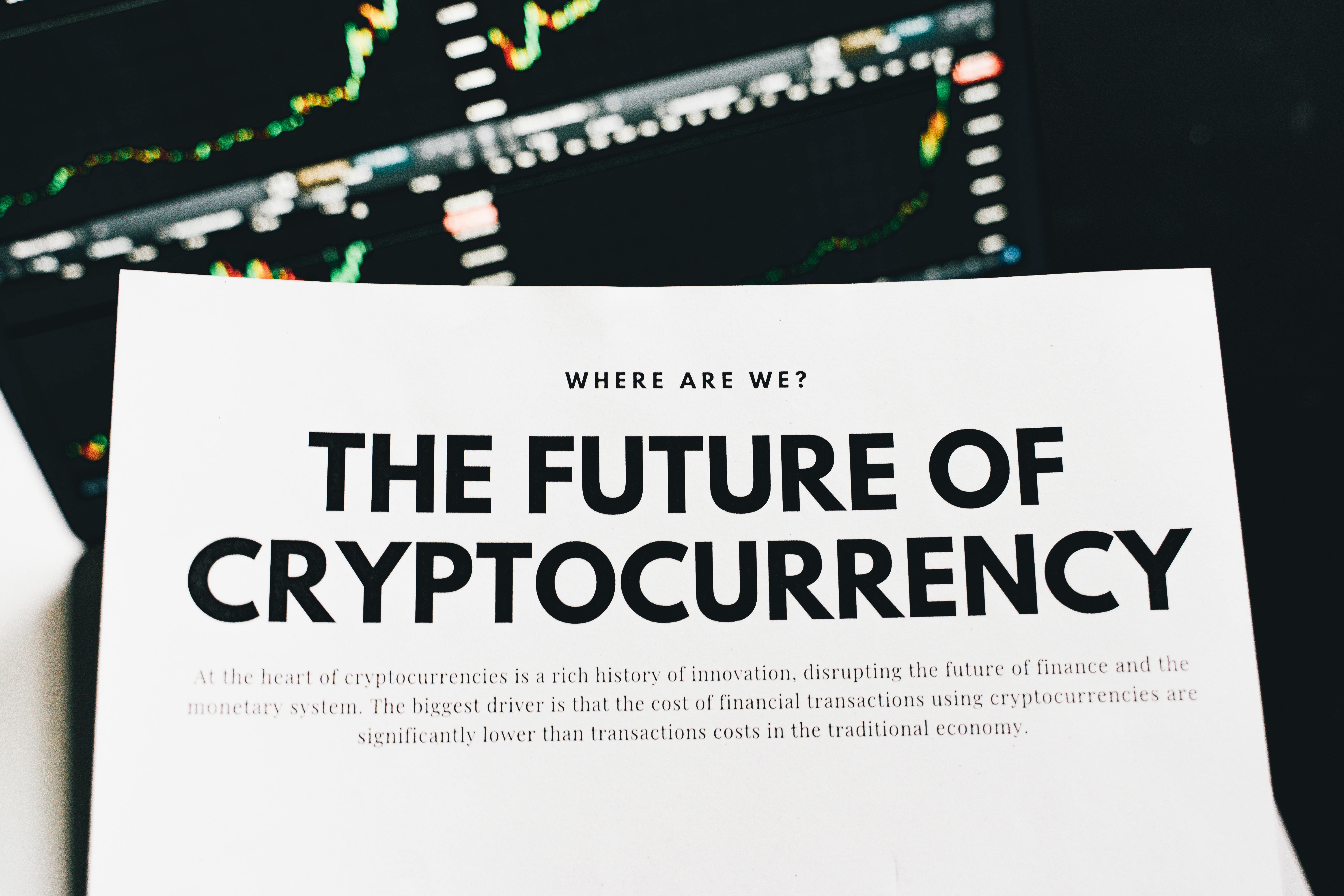Don’t invest unless you’re prepared to lose all the money you invest. This is a high-risk investment and you are unlikely to be protected if something goes wrong. Take 2 minutes to learn more
Get ready to dive into the thrilling world of crypto innovation! Below is a list that spurs excitement about the future. From groundbreaking developments to revolutionary concepts, join us as we explore what’s on the horizon in the ever-evolving realm of cryptocurrency.
Embarking on a Fresh Phase of Decentralisation

Web3, with its decentralised autonomous organisations (DAOs), has experimented with governance models. However, existing models often fall short of addressing sociopolitical realities. Web3’s “living laboratory” has led to emerging best practices, incorporating richer features and Machiavellian principles for effective decentralised governance. As these models evolve, unprecedented levels of decentralised coordination, operational functionality, and innovation are anticipated.
Revitalising the Crypto User Experience for the Future

Smart accounts enable programmable account management, while embedded wallets streamline onboarding within applications. Multi-party computation (MPC) facilitates third-party support for signing without custody of users’ keys. Advanced remote procedure call (RPC) endpoints enhance user understanding and fill gaps. These innovations not only aid Web3’s mainstream adoption but also promise a more secure and improved UX compared to Web2.
The Ascent of a Modular Technological Framework

The Convergence of Artificial Intelligence and Blockchain Technologies

Play to Earn Becomes Play and Earn

Crypto Provides Assurances When Artificial Intelligence Assumes the Role of the Game Creator

Formal Verification Becomes Less, Well, Formal

NFTs Turn Into Widely Used Assets for Branding

The trend towards affordable NFTs, managed through custodial wallets and “Layer 2” blockchains, is expanding. Heading into 2024, conditions are ripe for NFTs to become commonplace as digital assets for a diverse range of companies and communities, as detailed in an upcoming book by Steve Kaczynski and me.
Snarks Gain Widespread Adoption for Crypto Users

SNARKs enable the computation of an unforgeable “cryptographic receipt” for a workload, with recent advances reducing overhead to around 10^6. This makes SNARKs viable for scenarios where initial providers can handle this overhead, benefiting use cases like verifying upgrades in IoT devices, embedding authenticity in media editing, and ensuring unforgeable financial audits, offering significant consumer advantages.
You can purchase Lucky Block – Guide, Tips & Insights | Learn 2 Trade here. Buy LBLOCK
Note: Learn2.trade is not a financial advisor. Do your research before investing your funds in any financial asset, presented product, or event. We are not responsible for your investment results.
- Broker
- Min Deposit
- Score
- Visit Broker
- Award-winning Cryptocurrency trading platform
- $100 minimum deposit,
- FCA & Cysec regulated
- 20% welcome bonus of upto $10,000
- Minimum deposit $100
- Verify your account before the bonus is credited
- Fund Moneta Markets account with a minimum of $250
- Opt in using the form to claim your 50% deposit bonus
Learn to Trade
Never Miss A Trade Again

Signal Notification
Real-time signal notifications whenever a signal is opened, closes or Updated

Get Alerts
Immediate alerts to your email and mobile phone.

Entry Price Levels
Entry price level for every signal Just choose one of our Top Brokers in the list above to get all this free.




